Price: £380
Country of manufacture: Italy
Weight: 1,862g a pair (size 44/9½)
Colour: black/grey/silver
Construction: Kevlar/nylon/microfibre uppers plus Liba Smart PU
Waterproofing: Gore-Tex Insulated Comfort
Sole stiffness: 10/10
Women’s version: no
Sizes: 5-13 (38-47½)
Crampon compatible: yes, with automatic locking models, B3
These mountaineering boots from AKU are designed for full-on Alpine and altitude use. They’re aimed at Alpine guides and mountaineers who need high-end footwear for climbing and other activities in winter conditions.
The boots will take C3 crampons thanks to the stiff sole and heel and toe ledges on the rand to enable step-in models to be attached.
They also have Primaloft insulation to help keep feet warmer in snow and ice, plus Gore-Tex Insulated Comfort waterproofing to keep the wet out.
The uppers use Kevlar in the main, with a large guard round the toe, lower sides and the centre of the heel area made from Liba polyurethane. There are also nylon areas in the tongue and ankle.
All in all, this makes for a very robust-feeling boot that gives very good protection to the foot and enables progress on routes from ice falls to mixed rock mountaineering.
The outsole is Vibram’s Nepal model, with 5mm-deep lugs in the heel and forefoot area, and a shallower pattern at the heel and toe extremities. The rubber is hard, with little give, to maximise durability on hard ice and rock.
The midsole uses a combination of a carbon fibre lasting board with aluminium honeycomb core, plus a die-cut EVA element. This is combined with a dual-density polyurethane exoskeleton around the edges of the midsole, with a further polyurethane section on top of this to form the internal midsole system.
This, along with the footbed or insole, provides the underfoot cushioning for the boot. The insole is the custom fit pro aluminium, which combines foam with aluminium.
The lower part of the boot’s upper has a full wrap-around hard polyurethane protector, which enables easy step kicking in hard snow and ice, and also edging of footholds in similar conditions.
The Kevlar sections of the uppers extend up to the ankle area and are reinforced with leather strips on the toe and ankle sections and the sides of the boot. The instep is softer, padded nylon and extends upwards to the tongue. The ankle is high and there’s another leather section on the upper part of the tongue, which is well padded. The ankle cuff is padded leather with vent perforations on its lining and there’s a stretchy ankle gaiter with a fastening across the front secured by hook and loop strips.
Lacing is in two parts. The front two pairs of loops are webbing. The laces then pass through two pairs of free-running metal loops with runners and there’s then a pair of metal locking hooks at the top of the instep area. The laces pass through another free-running webbing loop before two more pairs of locking metal hooks.
The tongue has a stretch full gusset at the top and the stretchy gaiter can then be closed around the ankle using its hook and loops strips.
So, much of the technology of the Serai GTX is hidden in its innards, but what AKU have produced is a relatively lightweight full Alpine boot that will also stand up to the rigours of repeated mountaineering or winter excursions into the Scottish peaks or higher English and Welsh mountains.
No stiff winter boot is ever going to be as comfortable as your pliable summer footwear but thankfully the days of winter mountaineering with half-crippled feet seem to be long behind us. The Serai was comfortable over longer distances. The underfoot cushioning from the midsole and the insole works well and absorbs much of the pounding on the feet and limbs that such a hard, stiff outsole might produce.
Using crampons over any length of time can place a lot of pressure on the underfoot, particularly on mixed terrain, but the AKU boots maintained pretty much the same level of comfort with metal strapped to them as when used without, the hard rubber of the outsole and the cushioning of the midsole spreading the load well.
The toe area angles in quite a bit on the outer side, to give a narrower profile when kicking into hard snow and ice. The boots may feel a little restricted in this area if you’re use to a wider forefoot, but there was enough give in the edge area of the forefoot for this not to be a problem. The toe box is completely rigid, giving not only good performance into harder terrain, but also good protection from rocks. In fact there’s good protection all round thanks to the deep PU overlay. The Kevlar uppers provide quite a good bit of protection against rock knocks too, though not as much as thick leather. But the high-tech material helps keep the weight down.
Grip on wet rock was good, as was the ability to maintain stability on softer snow and frozen gravelly sections. All in all, the Serai gave lots of confidence in grip.
The insoles help a lot with cushioning and there’s also a pronounced supportive section at the arch area.
We used 12-point C2 crampons with the AKU boots, which had just the rear clamp, but the front section was held well by the boots even without a front bale. The Serai is designed to accommodate crampons with both front bale and rear clamp but worked well with ours too.
Kicking into terrain while wearing crampons was also comfortable, the stiff toe box and sole unit absorbing any transferred shock well.
The Primaloft insulation was a boon on cold mountain days. While ascending hard, the feet definitely got warm but as soon as there was any standing around to be done at rock sections or even just putting on crampons or clothing, the body’s own heat generation turned down a notch or two and the boots’ insulating properties came into play.
I spent more than an hour fairly stationary in deepish snow testing various gear items on the mountain and, by the end of the period, the feet had definitely cooled down but were still acceptably warm.
I also spent a prolonged period in dry, sub-zero conditions on the mountain and the feet felt just about the right temperature.
The Gore-Tex lining also kept the rain and snow melt out, a key aspect of keeping feet warm. In the car park at the end of my mountain excursions, removing the boots revealed a pair of dry feet, so the Serai worked well at coping with perspiration too.
The only real discomfort felt over longer distances was a little rubbing from the high leather ankle cuff on one leg, though repeated use tended to toughen up that area of leg.
If you’re heading for Alpine heights or even further afield, the AKU Serai will work well. But there’s also a place for the boot in the winter mountains of the UK, particularly on tougher winter routes. The ability to keep out the British weather and cope with cold conditions add to the suitability of the boot in the home nations, while adding the flexibility of a move up to Alpine use if the fancy takes you.
The Italian-made boots were very good quality. There’s also an extensive traceability list of the components’ provenance before construction of the footwear at Montebelluna which can be viewed on the AKU website.
Performance 36/40
Comfort 25/30
Versatility 8/10
Quality 9/10
Value for money 7/10
Total score: 85/100
- The Serai GTX boots were provided to grough by AKU.
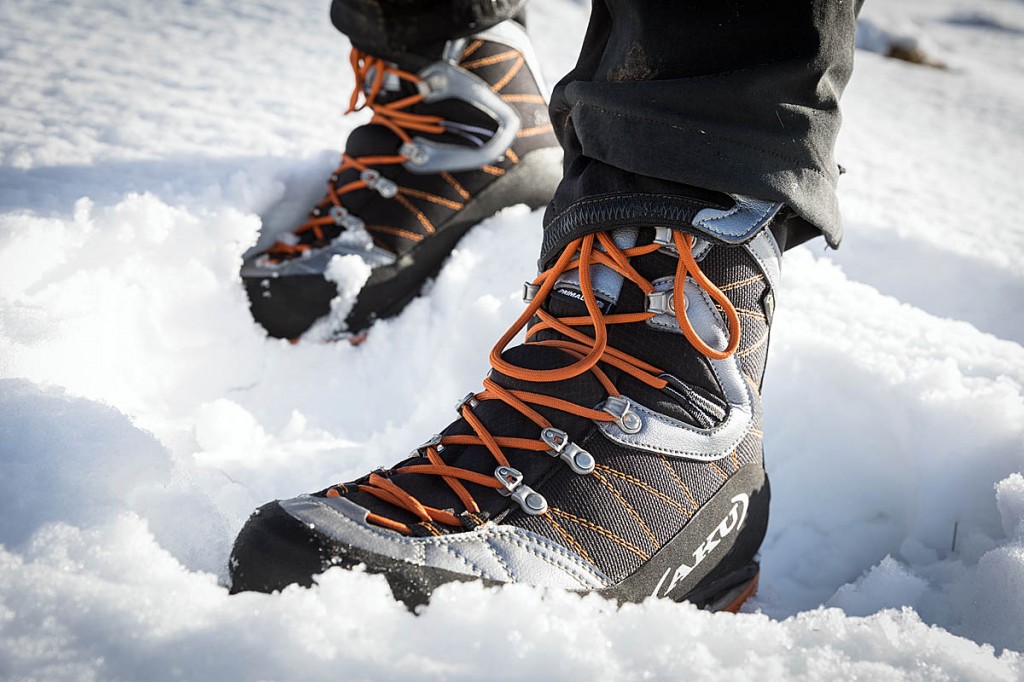
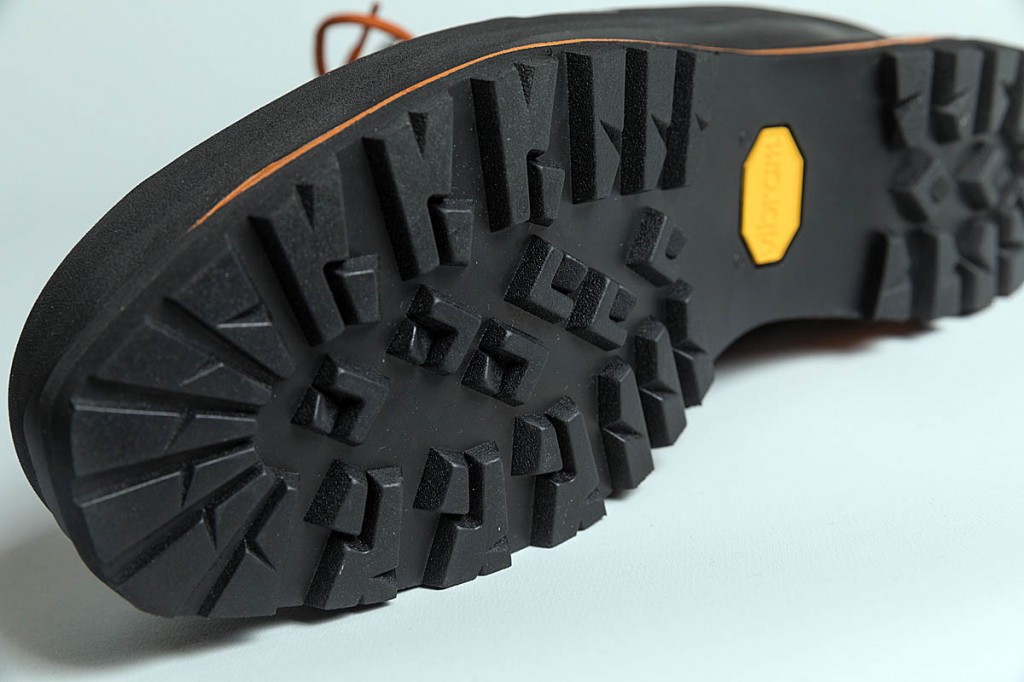
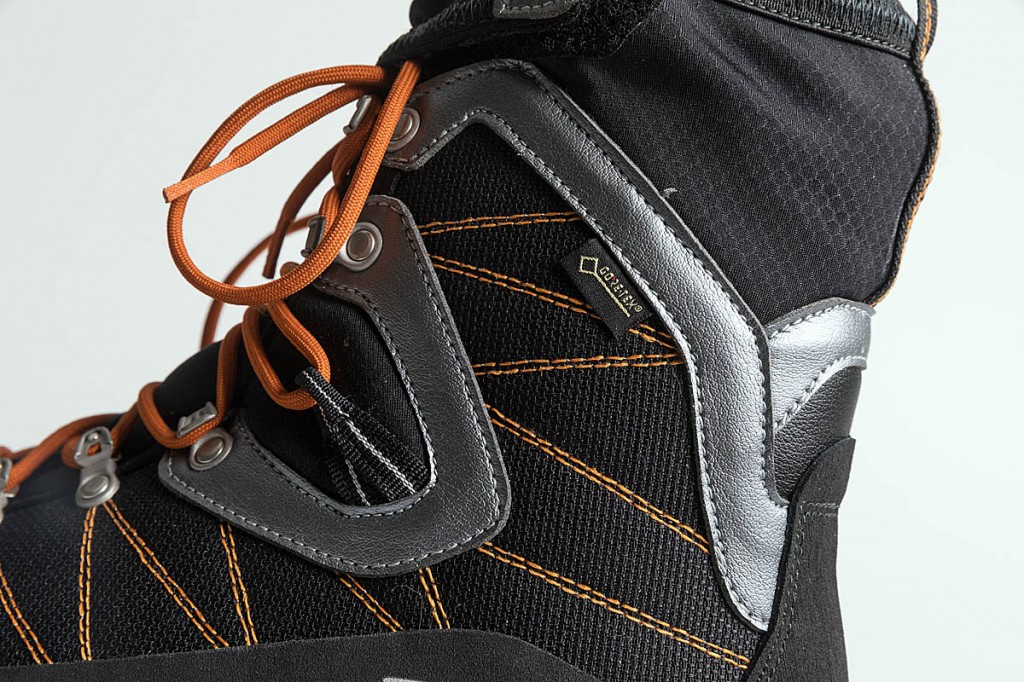
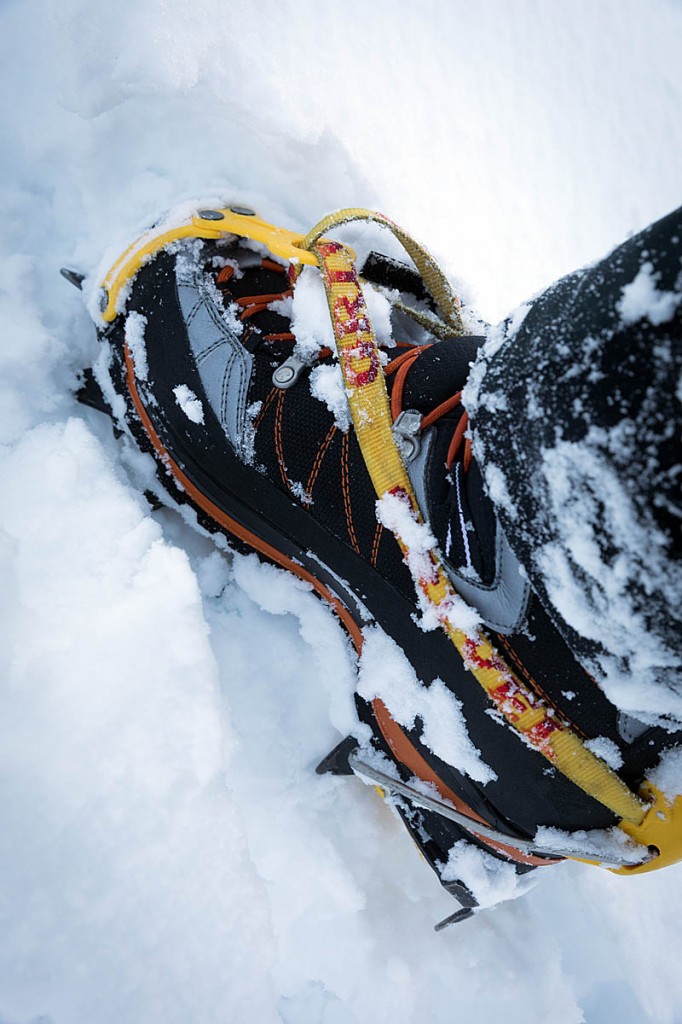
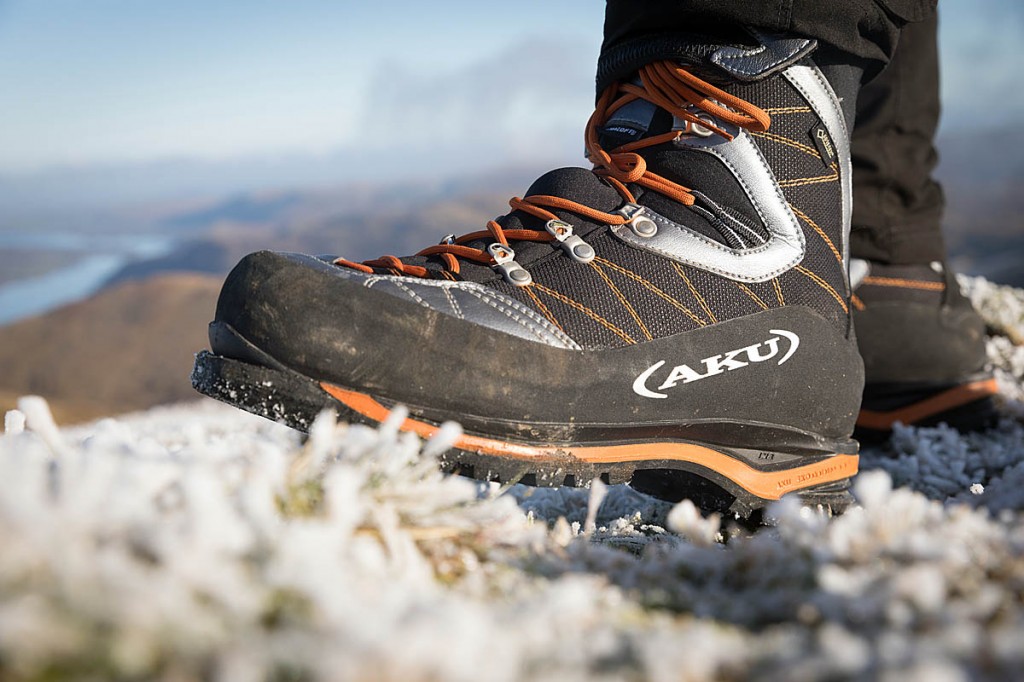
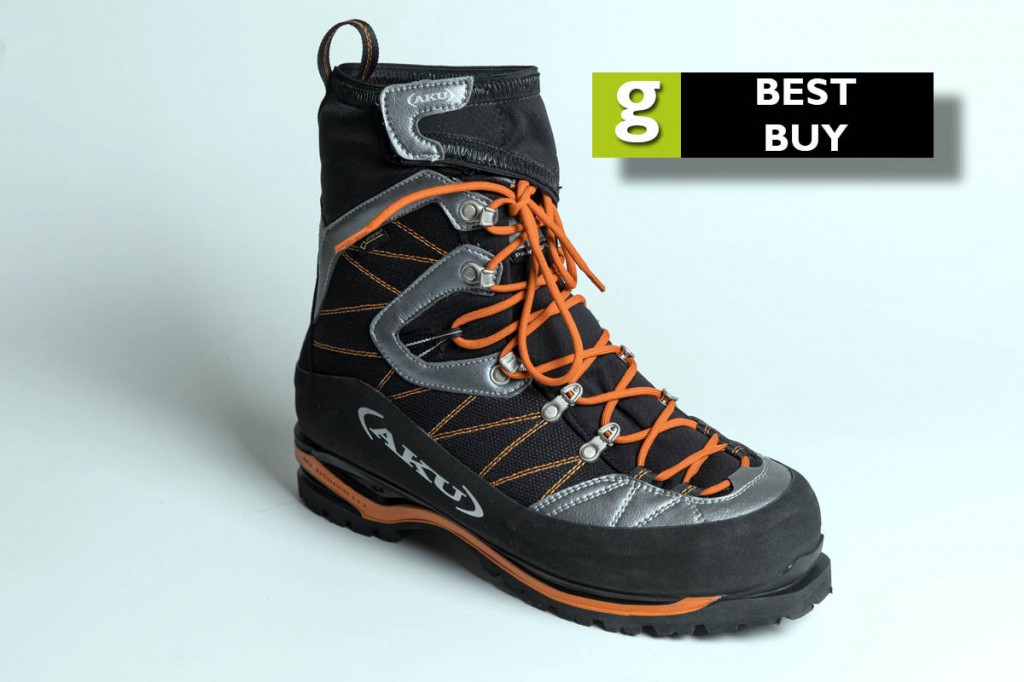
Sean
17 April 2020Good day,
In a video the AKU rep said that there was a "primaloft insert" in the Serai.
Is the primaloft in the form of a removable insert, or is it sewn into the boot ?
Thanks
Sean
Bob
18 April 2020The Primaloft layer in the boot is incorporated into it and isn't removable